By Alina Delarosa
“Science is about the miracle of the mundane — and children can appreciate this best. Every child is a scientist!” -Susan Bosak
There is always a buzz in the classroom when students hear that it is time to begin a science lesson. Children naturally gravitate toward the subject because its foundation lies in the asking of “Why?”. Every child wonders how things work, why they look they way they do and what would happen if….? Science activities not only welcome all these questions but encourage the students to dig deeper and discover the answers. In science, unlike other subjects, there are no wrong answers, just tweaking of your hypothesis.
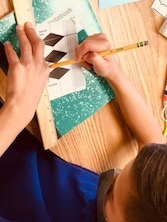
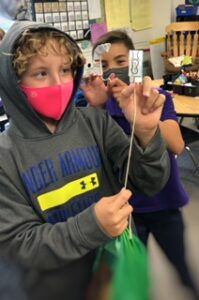
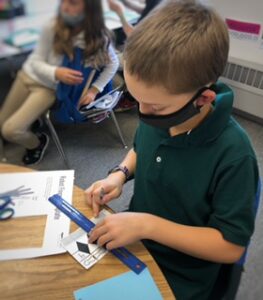
Fourth grade students have begun the year exploring the life sciences. Life sciences explore life in all its forms; from plants to animals and everything in between. Students began their study by creating a Curiosity Wheel which encouraged them to look at something they see everyday and wonder about it. For us, it was our hand. Questions abounded; Why does it move that way? If there are bones in it, how does it bend so much? How small are some of these bones? What are my knuckles for? We wondered and explored, researched and shared. It was this diving board that launched us into our first hands-on science activity.
To go deeper into the subject, students began to explore how the muscles in their body move. They discovered the mechanism that their muscles use to control the movement of their bodies. Students took this knowledge and constructed a “robot finger” using string to represent the tendon and creased and cut paper to represent the joints.
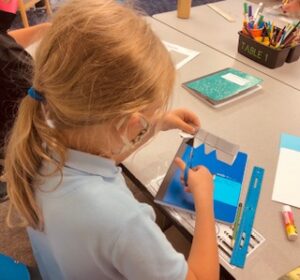
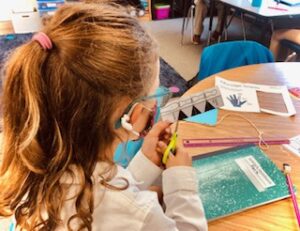
PNA’s Science curriculum aligns with the NGSS standards. These standards help us set expectations for what our students should know and be able to do. However, they also give us the freedom to design activities that engage students in scientific inquiry and excite them to learn more about all sciences throughout their academic career.
This activity allowed our students to interact with standards:
4-LS1-1. Construct an argument that plants and animals have internal and external structures that function to support survival, growth, behavior, and reproduction.
and
4-LS1-2. Use a model to describe that animals receive different types of information through their senses, process the information in their brain, and respond to the information in different ways.
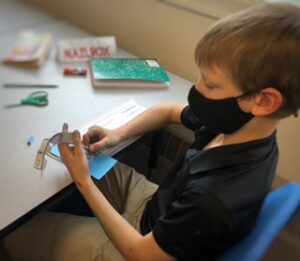
While this was our first experience learning through creating a model, we will be extending our knowledge of this by creating working models of our eye and comparing these structures to those in other living organisms. Scientists never stop being curious and so we will ask “Why?” at every corner.
